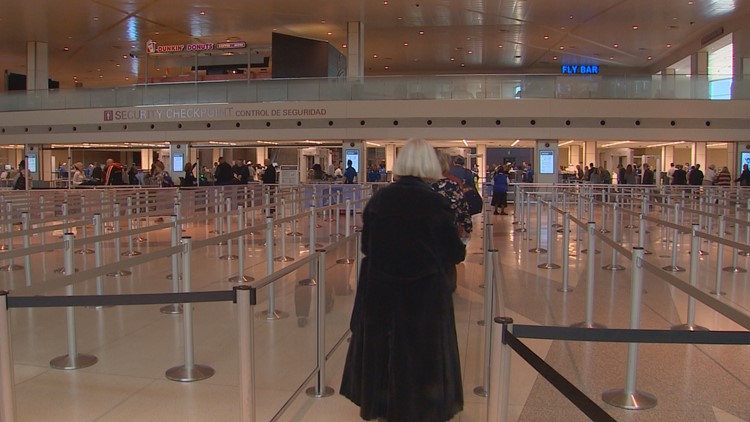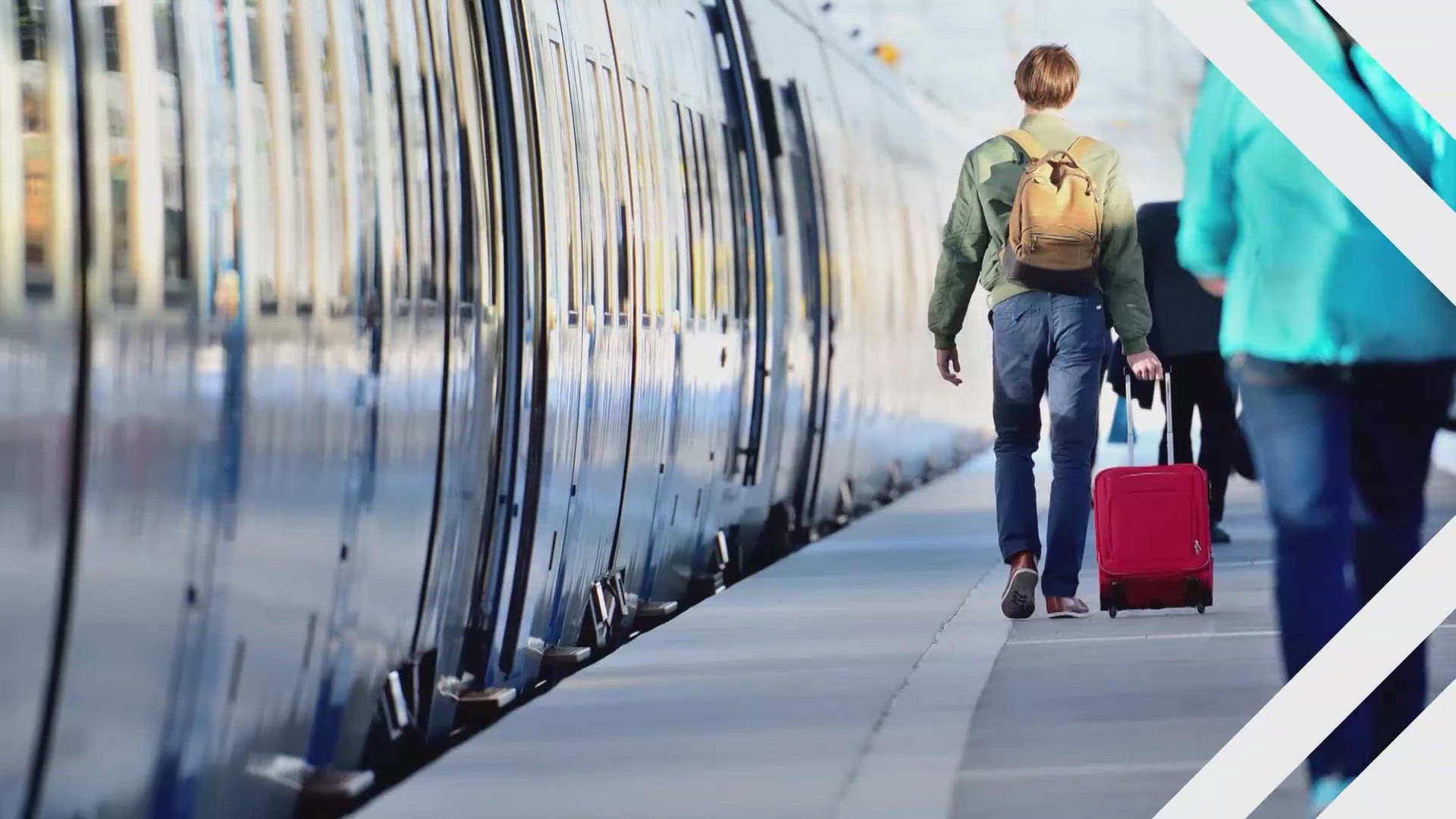Airlines are predicting record passenger traffic at U.S. airports this Thanksgiving travel season, including American and Southwest Airlines, which will offer the most seats to holiday travelers. Despite the congestion, flight delays are expected to descend as the month unfolds.
For airlines, Thanksgiving travel informally begins Friday, Nov. 16, and ends Monday, Nov. 26. This year's rush is expected to fluctuate between a high of 3.06 million passengers traveling the Sunday after the holiday to a low of 1.73 million on Thanksgiving day, according to research from Airlines 4 America.
The Washington, D.C.-based trade group said Thanksgiving-related traffic should hit a record 30 million airline passengers this year, up about 5.7 percent from 2017's corresponding month.
Contrary to popular belief, it also is one of the best times of year to travel if you're looking to avoid delays. That's because November, while chilly in many northern cities, is among the more predictable months for weather patterns throughout the year, said John Hemlich, vice president and chief economist for Airlines 4 America, which lobbies on behalf of major U.S. airlines.
Take 2017, for example. Flight delays hit an all-time low in November 2017, dropping to 11.3 percent of all domestic flights versus an average of 18 percent for the entire year. A similar decrease in flight delays occurred in November 2016.
Still, Dallas-based Southwest (NYSE: LUV) and Fort Worth's American Airlines (Nasdaq: AAL) are among the carriers with the highest number of delays among domestic carriers, with both logging 20 percent of flights being delayed.
RUNNING BEHIND
About 19 percent of the 4.9 million domestic passenger flights this year through August were delayed due to airport bottlenecks and bad weather. On average those delays worsened over the years, lasting about 66 minutes per incident compared to about 57 minutes in 2008.
The airline with the worst delay record is Frontier Airline, with 29 percent of its 79,000 domestic flights each arriving about 76 minutes behind schedule. The best airline was Hawaiian Airlines (Nasdaq: HA), with 11 percent of its 55,500 flights hitting delays averaging about 45 minutes apiece.
Southwest managed to keep its average delay under an hour, at 51.6 minutes, but American soars over, at 63.2 minutes.
Airlines have taken notice. At JetBlue Airways (Nasdaq: JBLU), where about 28 percent of flights are delayed by roughly an hour per incident, the company is adding scheduled ground time to absorb delays, among other time-saving measures, said Morgan Johnston, a JetBlue spokesperson.
“We continue to work on additional improvements to address on-time performance,” Johnston said. “But also note that data is skewed by our greater exposure to the congested Northeast airports.”
To be sure, it's not just when you travel but where you travel that can affect your likelihood of delays. Airlines 4 America's Heimlich cited staffing shortages among air traffic controllers as a prime culprit, particularly around major cities.
The numbers seem to back him up. New Jersey's Newark Liberty International had the most delays this year through August, with approximately 30 percent of its arrivals falling behind schedule. Airports in New York, San Francisco, Boston, Chicago and Washington, D.C. also fared poorly.
The best airport for timeliness was Minneapolis-St. Paul International, where about 15 percent of arrivals were delayed. Dallas Fort Worth Airport also fared well, with just 18 percent of flights delayed.



